Deleting files and folders is a routine task in Windows 11, but occasionally you might encounter stubborn files or folders that refuse to be deleted. This can be frustrating when you're trying to free up space or organize your system. Fortunately, there are several methods to force delete files or folders when Windows isn't cooperating.
Why Windows Might Prevent File Deletion
There are several reasons why Windows 11 might not allow you to delete a file or folder. Some common causes include:
- The file or folder is currently in use by another program or process.
- The file or folder is corrupted.
- The file or folder is set to read-only.
- The disk is corrupted.
- You're trying to delete a system file or folder.
- The Recycle Bin is full.
Understanding these reasons can help you choose the appropriate method to force delete the file or folder.
Method 1: Delete the File or Folder Using Terminal
If you cannot delete a file or folder using File Explorer, you can force delete it using the Command Prompt in the Terminal. This method allows you to bypass any processes or permissions that might be preventing the deletion.
Step 1: Open File Explorer and navigate to the file or folder you want to delete. Right-click on it and select Properties from the context menu.

Step 2: In the Properties window, highlight the directory path next to Location, and press Ctrl+C to copy it. Keep this file path handy as you'll need it in the next steps.
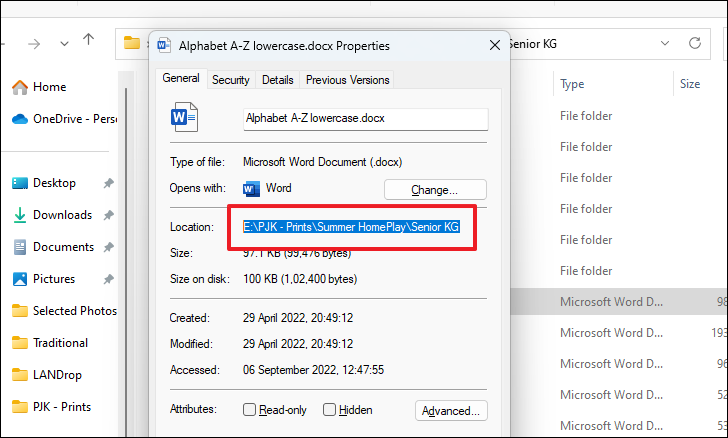
Step 3: Open the Start Menu and type Terminal in the search bar. Right-click on the Terminal app and select Run as administrator.
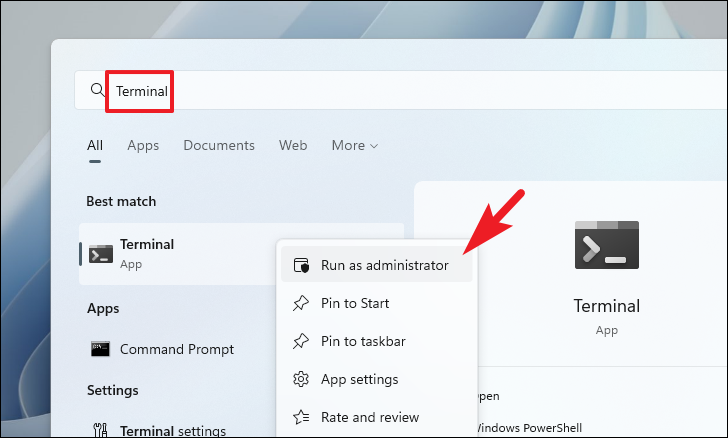
Step 4: If prompted by the User Account Control (UAC), click Yes to allow administrative privileges.

Step 5: In the Terminal window, click on the downward arrow (chevron) at the top and select Command Prompt from the dropdown menu.

Step 6: To force delete a file, type the following command in the Command Prompt and press Enter. Replace <file path> with the path you copied earlier, and <filename.extension> with the actual file name and its extension.
del <file path>\<filename.extension>
Step 7: To force delete a folder, type the following command and press Enter. Again, replace <file path> with the copied path and <foldername> with the name of the folder you want to delete.
RD /S /Q "<file path>\<foldername>"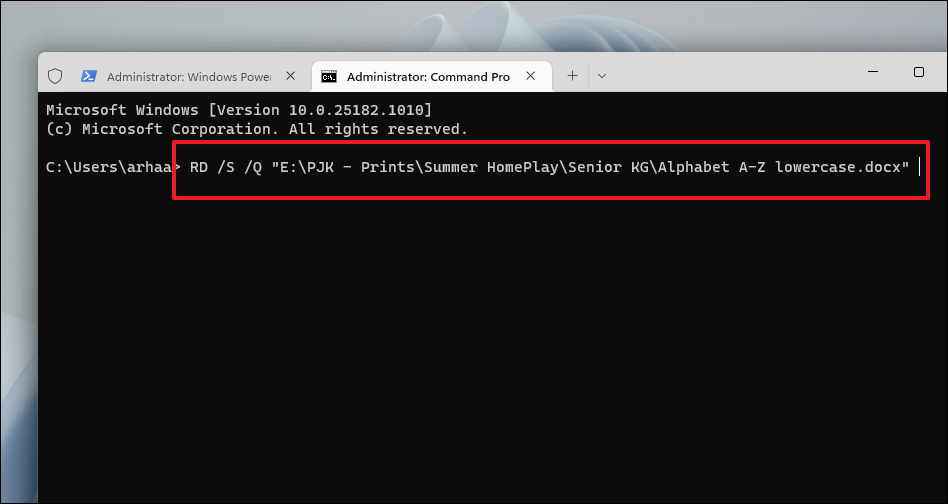
Method 2: Delete the File or Folder in Safe Mode
Sometimes, another program or service might be using the file or folder you're trying to delete, preventing you from deleting it. Booting your PC in Safe Mode loads only essential system services and can help you delete stubborn files or folders.
Step 1: Open the Settings app by clicking on the Start menu and selecting Settings, or by pressing Windows+I on your keyboard.
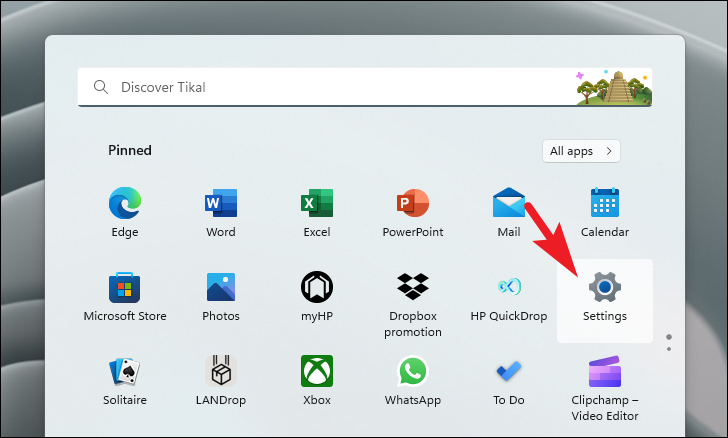
Step 2: In the Settings window, ensure you're on the System tab. Then, scroll down and click on Recovery.

Step 3: Under Recovery options, find the Advanced startup section and click on Restart now. A prompt will appear.
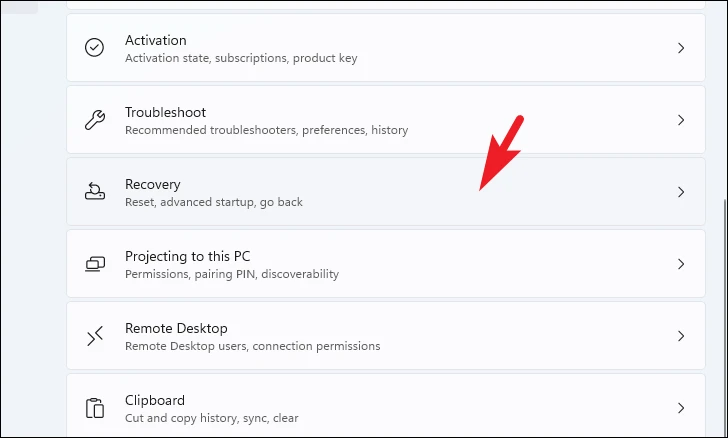
Step 4: Confirm the restart by clicking on Restart now in the prompt. Your PC will restart into the recovery environment.
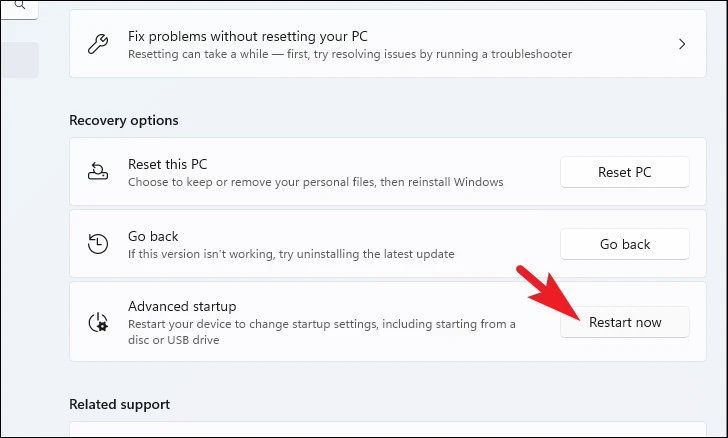
Step 5: After the restart, you'll see several options. Click on Troubleshoot.
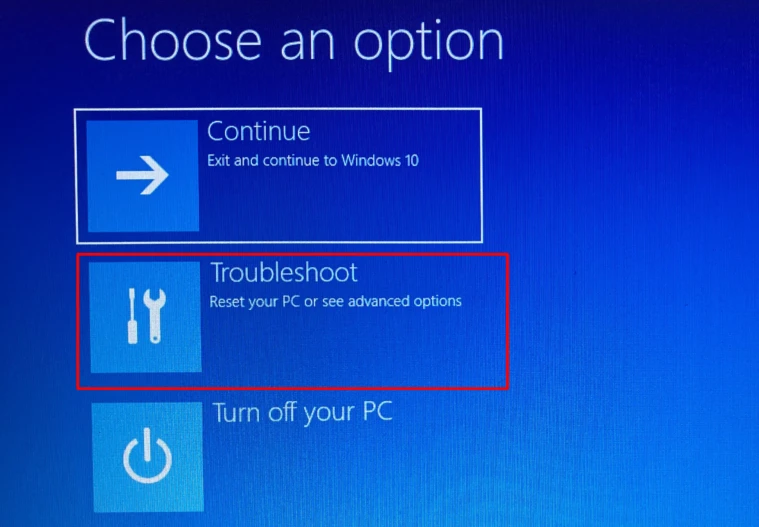
Step 6: Next, select Advanced options.

Step 7: Click on Startup Settings.
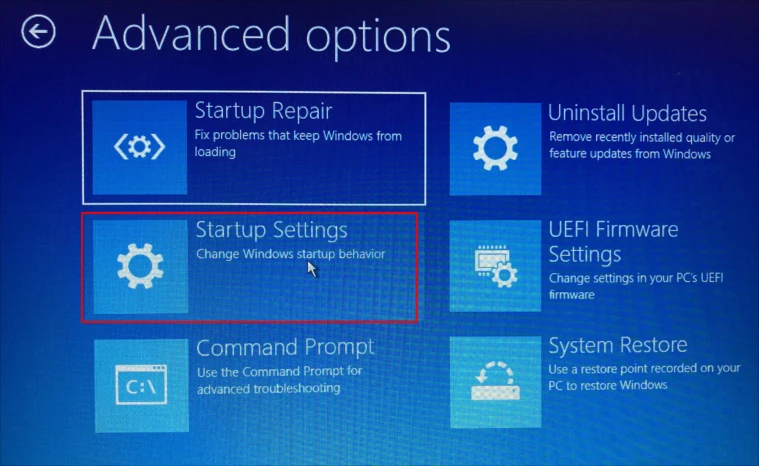
Step 8: Click on Restart to restart your PC once more.
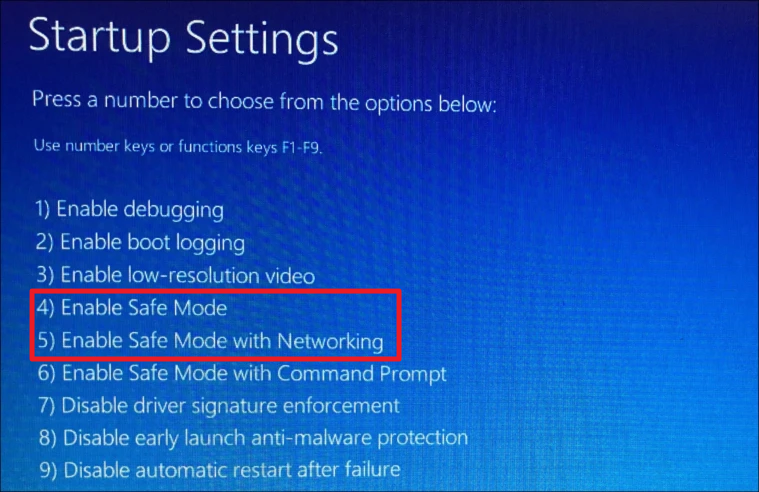
Step 9: After the restart, you'll see a list of options. Press F4 to boot into Safe Mode. If you need network capabilities, press F5 instead.
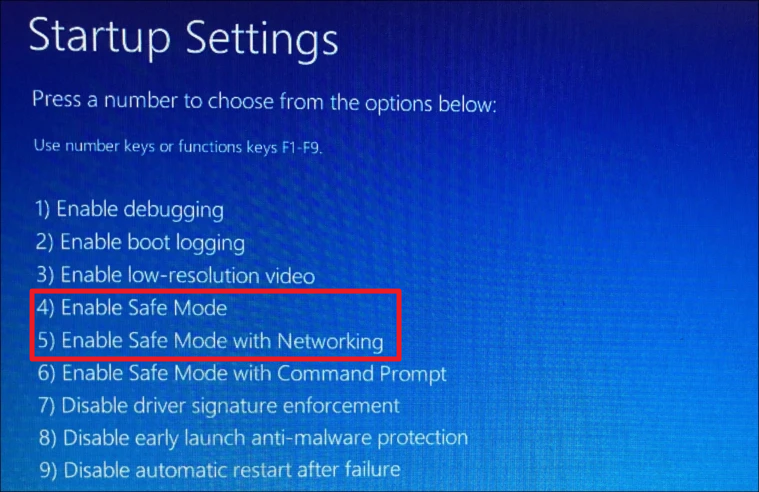
Step 10: Once your PC boots into Safe Mode, try deleting the file or folder again using File Explorer. It should delete without issues now. After you're done, restart your PC to exit Safe Mode and boot normally.
Method 3: Use the Shift Key to Permanently Delete
If you're having trouble deleting a file because the Recycle Bin is full or the file is too large, you can bypass the Recycle Bin and permanently delete the file using the Shift key.
Step 1: Select the file or folder you want to delete by clicking on it.
Step 2: Press Shift+Delete on your keyboard. A confirmation prompt will appear.
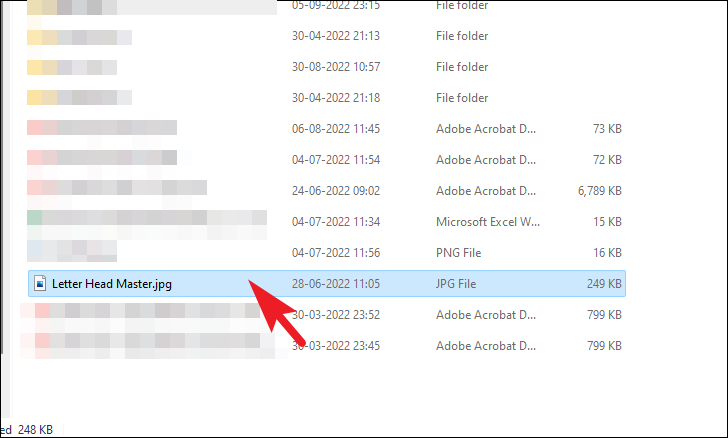
Step 3: Click on Yes in the prompt to permanently delete the file or folder.
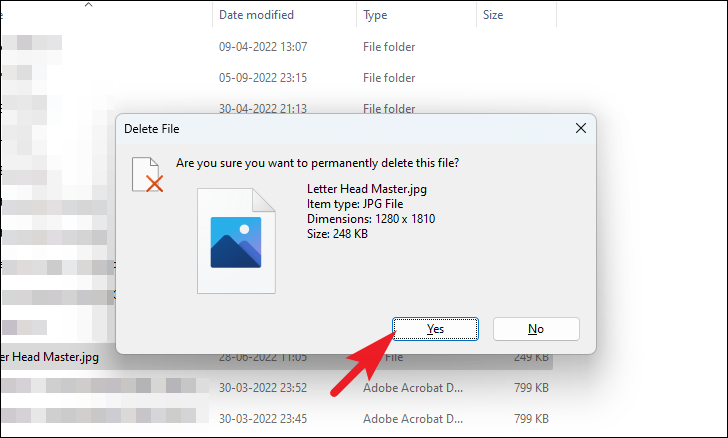
Using these methods, you should be able to force delete any stubborn files or folders on your Windows 11 PC that are resisting normal deletion methods.

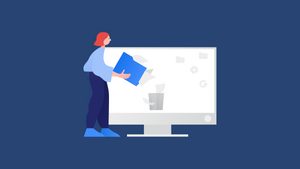






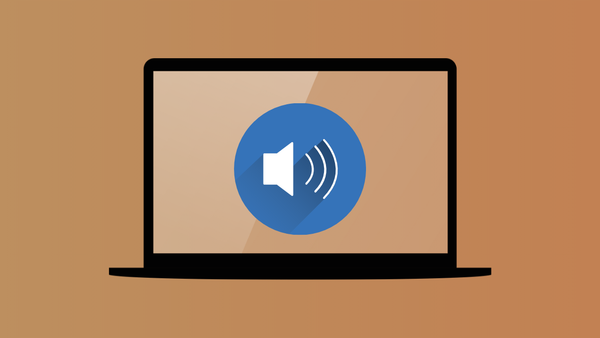

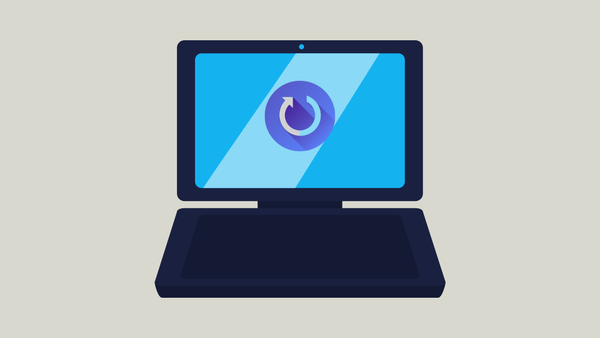
Member discussion